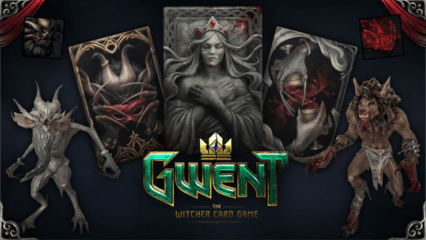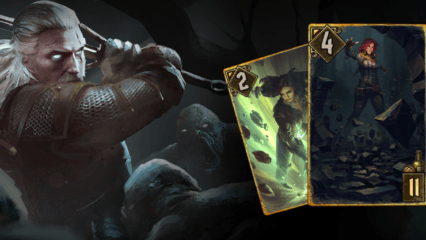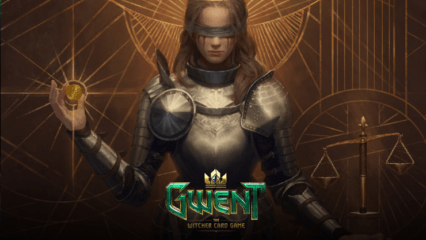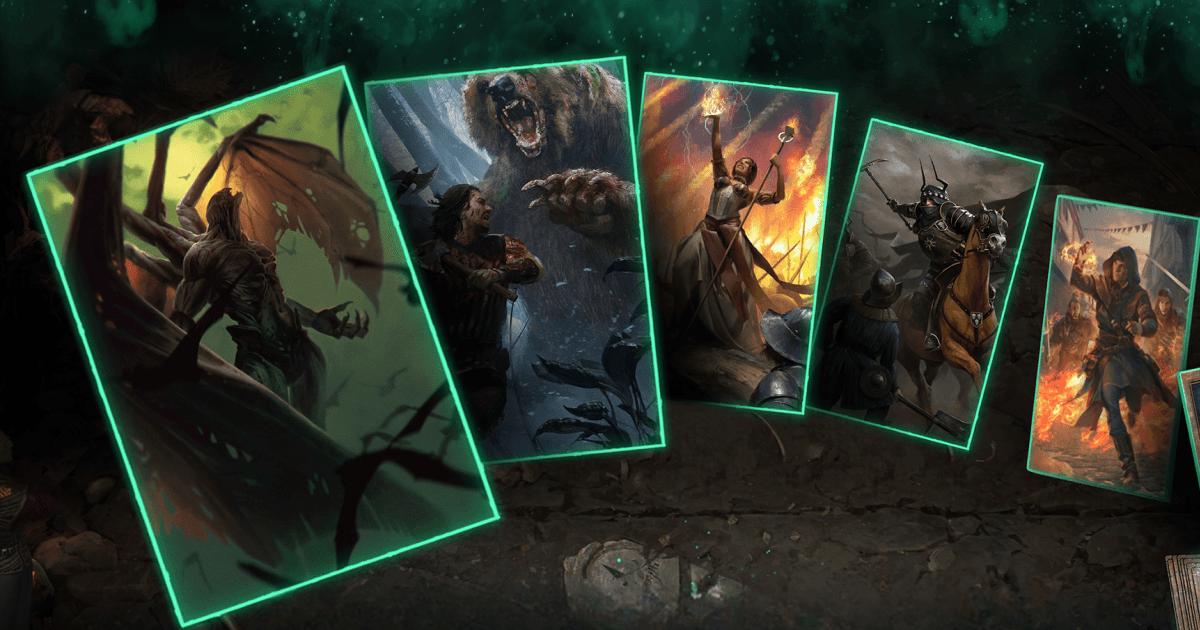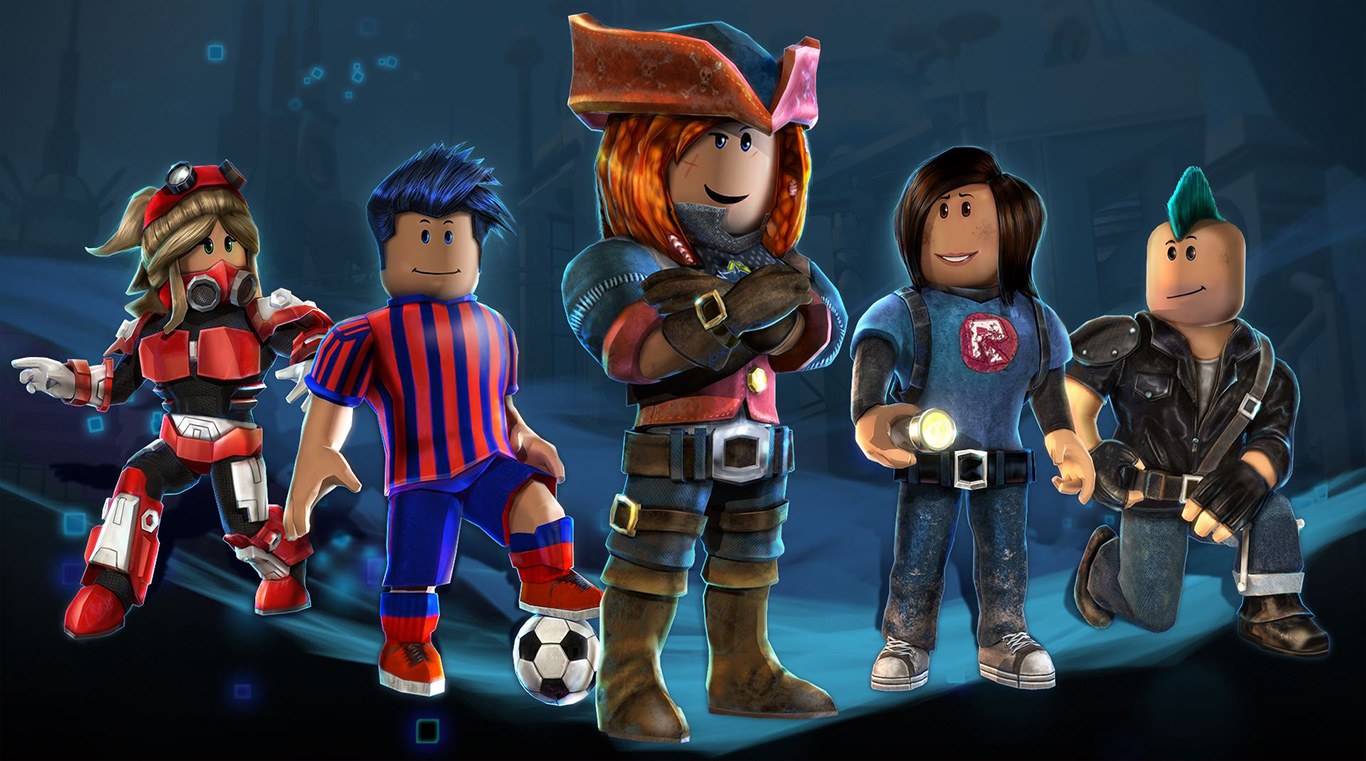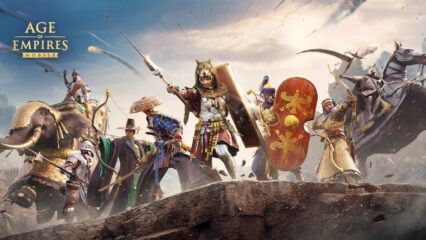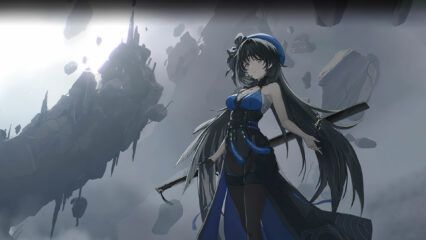GWENT: The Witcher Card Game – Top 5 Best Decks & How to Use Them (Updated 2025)
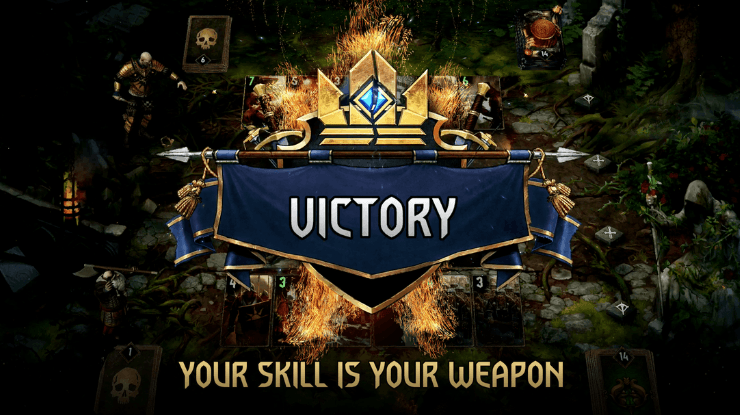
With so many decks to choose from in GWENT: The Witcher Card Game, knowing which ones are actually worth playing can be tough. Instead of going through every possible deck in this card game, this guide focuses on the best of the best—the ones that are dominating the current meta.
Got questions about guilds, gaming, or our product? Join our Discord for discussions and support!
We’ve gathered five of the strongest decks based on community rankings, tournament performance, and general effectiveness. Each section includes a list of key cards, a breakdown of the deck’s playstyle, and tips on how to use it. At the end, we’ll also go over things to avoid when deckbuilding, so you don’t fall into common traps that make your deck weaker.
(Disclaimer: These decks are sourced from community-built meta decks found on playgwent.com and other Gwent resources. All credits go to their respective creators—we’re just here to break them down and spread the word!)
Renfri Koshchey (Monsters) – Swarm and Control
- Key Cards: Koshchey, Caranthir, Sir Scratch-a-Lot, Forest Protector, Mourntart, Renfri
- Playstyle: Mid-range control with strong engine value and thinning
- Strengths: Powerful mid-length rounds, strong tempo, flexible win conditions
- Weaknesses: Vulnerable to control-heavy decks, requires precise execution

This deck revolves around Koshchey, a powerful engine that spawns and boosts larvae whenever you trigger Adrenaline. When combined with Caranthir, you can generate a ridiculous amount of points while keeping up pressure throughout the match.
To ensure you always have access to Koshchey, this deck runs strong thinning tools like Iris Von Everec + Companions, helping guarantee a perfect Round 3 hand. The Renfri package gives flexibility by offering strong effects, while Mourntart provides a devastating short-round finisher by consuming all the units that were built up during the match.
The biggest challenge when playing this deck is knowing when to commit your Koshchey combo. Playing it too early can leave you exposed to removal, but waiting too long could mean missing your timing. This deck performs best in mid-length rounds (6-7 cards), where Koshchey has time to generate value without being too easily countered.
Imposter Aristocrats (Nilfgaard) – Engine Overload
- Key Cards: Masquerade Ball, Usurper Officer, Joachim de Wett, Coup de Grâce, Edna, Rosa, Imposter
- Playstyle: Long-round engine value with control elements
- Strengths: Devastating in long rounds, strong control, high consistency
- Weaknesses: Struggles in short rounds, weak to early aggression

This Nilfgaard Aristocrats deck thrives on powerful engines and consistent value generation. Masquerade Ball provides insane tempo in long rounds, while Joachim + Coup de Grâce ensures you always have strong plays available. Usurper Officer is another major power generator, forcing your opponent to react while you build up points.
One of this deck’s biggest weaknesses is its reliance on long rounds. If an opponent pressures you early and forces you into a short Round 3, your point generation can fall apart. To mitigate this, experienced players often pass early in Round 1 to secure last say and ensure they get the most out of their high-value cards later.
When playing Imposter, knowing which unit to lock can determine the outcome of a match. If you disable a key opponent engine early, you can completely shut down their strategy and snowball your own advantage.
Inspired Zeal Mutagenerator (Northern Realms) – Boost and Control
- Key Cards: Mutagenerator, King Demavend, Prince Anseis, Temple of Melitele, Raffard’s Vengeance, Cursed Scroll
- Playstyle: Boost-heavy midrange deck with strong order abilities
- Strengths: High point ceiling, great control tools, strong engines
- Weaknesses: Requires proper setup, weak if disrupted early

This deck is built around Mutagenerator, a unique card that boosts adjacent units whenever a unit is played. Combined with Temple of Melitele and Inspired Zeal, this deck turns simple plays into massive point swings. Prince Anseis provides reliable removal, while King Demavend and Raffard’s Vengeance generate continuous value over time.
The biggest challenge when playing this deck is consistency. You need to find Mutagenerator early, or your main strategy won’t function properly. That’s why Cursed Scroll is included—to ensure you get your key setup pieces when you need them.
This deck plays best in long rounds, where its engines can keep generating value. However, it has a solid short-round plan thanks to Anseis and Radovid: Judgment, which offer strong removal and burst damage.
Patricidal Fury Warriors (Skellige) – Damage and Carryover
- Key Cards: Tyr, Sove, Fucusya, Kaer Trolde, Highland Warlords, Raids
- Playstyle: Self-wound mechanics with powerful late-game swings
- Strengths: Strong in any round length, great carryover potential, solid control
- Weaknesses: Slow early game, requires careful resource management

This Skellige Warriors deck focuses on self-wounding mechanics to generate points and control the battlefield. Cards like Highland Warlords provide passive damage and long-term value, while Sove + Tyr offer massive power swings in short rounds.
The deck’s biggest weakness is Round 1. Since most of its value comes from carryover and Round 3 combos, it struggles to fight aggressively in the early game. If you lose on even cards, your opponent may try to bleed you in Round 2. To prevent this, using efficient trades and well-timed control tools is key.
Overall, this deck scales well into all round lengths, making it one of the most balanced choices in the current meta.
Double Hemmelfart Congregate (Syndicate) – Coin Economy Domination
- Key Cards: Jacques: Miracle Child, Cyrus Engelkind Hemmelfart, Whoreson Junior, Whoreson’s Freak Show, Tunnel Drill, Damnation
- Playstyle: Devotion-based coin generation and spenders
- Strengths: Explosive point swings, strong control options, flexible strategies
- Weaknesses: Requires careful coin management, punished if overcommitted

This Syndicate deck revolves around double Hemmelfart combos to generate huge amounts of coins and replay Fallen Knights throughout the game. By carefully managing coins, this deck can chain powerful plays together for insane bursts of points.
Key control options include Whoreson Junior, Freak Show, and Tunnel Drill, allowing you to remove threats while building your own board. Since this deck runs no non-Syndicate cards (Devotion), it also gets extra boosts from abilities that require faction loyalty.
The biggest challenge when playing this deck is knowing when to spend and when to save coins. If you burn through resources too early, you might run out of key plays before the match ends.
Things to Avoid When Building a Deck
Our deck tier list for GWENT is a bit different from our usual tier lists, given that no one would really want to read about anything other than the top decks, unlike in a gacha game. For this reason, instead of listing weaker decks in lower tiers, here are some common mistakes that ruin deck effectiveness:
- Too Many High-Provision Cards: A deck full of expensive cards will lack balance. You need solid bronze cards to maintain consistency.
- No Synergy Between Cards: A deck should have a clear game plan. If your cards don’t interact well, you’ll waste valuable provisions.
- Ignoring Card Advantage: If you burn through your hand too fast, you’ll be left with weak plays in later rounds.
- Over-Reliance on One Combo: If your entire deck depends on a single win condition, one counter can shut you down. Always have backup strategies.
These five decks are among the strongest in GWENT right now, but meta shifts can change rankings. The key to success is understanding why these decks work, so you can adapt as the game evolves. Moreover, while these decks ensure great results, you first have to know what you’re doing. As such, if you’re new to the game, we strongly suggest starting out by reading our GWENT beginner’s guide, which will teach most of the basics you need to know before getting started.

And if you want to experience GWENT with better performance and a larger screen, try playing GWENT: The Witcher Card Game on PC with BlueStacks. It’s the best way to enjoy smooth gameplay and perfect your strategy!


